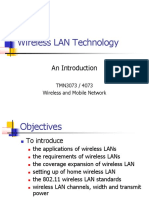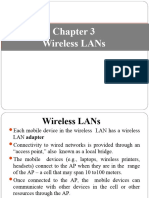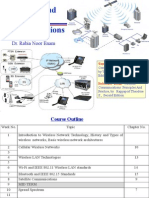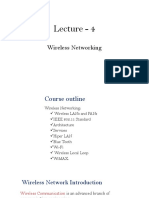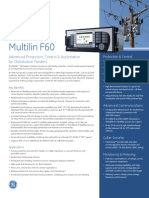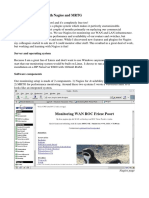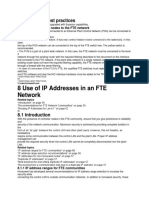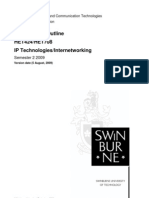0% found this document useful (0 votes)
20 views29 pagesLecture 1 Introduction
The document provides an overview of wireless computer networks, including their history, types, and characteristics. It discusses various wireless technologies such as Wireless PAN, LAN, WAN, and broadband, highlighting their advantages and limitations. Additionally, it covers applications of wireless LANs and factors to consider when implementing them.
Uploaded by
az711az619azCopyright
© © All Rights Reserved
We take content rights seriously. If you suspect this is your content, claim it here.
Available Formats
Download as PDF, TXT or read online on Scribd
0% found this document useful (0 votes)
20 views29 pagesLecture 1 Introduction
The document provides an overview of wireless computer networks, including their history, types, and characteristics. It discusses various wireless technologies such as Wireless PAN, LAN, WAN, and broadband, highlighting their advantages and limitations. Additionally, it covers applications of wireless LANs and factors to consider when implementing them.
Uploaded by
az711az619azCopyright
© © All Rights Reserved
We take content rights seriously. If you suspect this is your content, claim it here.
Available Formats
Download as PDF, TXT or read online on Scribd
/ 29








